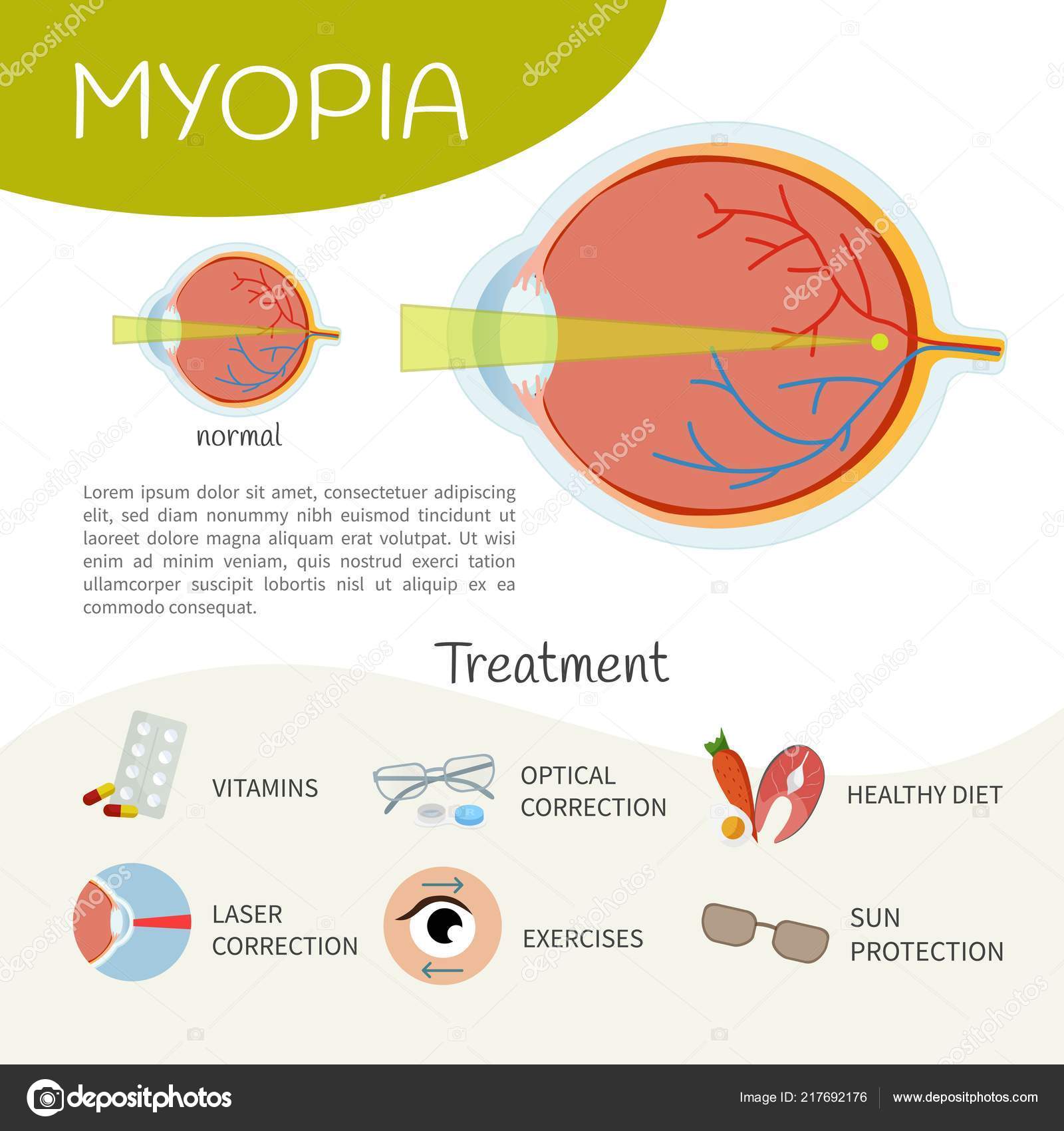This Blog Post Will Certainly Describe The Refractive Lens Exchange

Article by-Barbour Bowen
Refractive Lens Exchange (RLE) is an operation to get rid of the natural lens of the eye and also replace it with a synthetic implant. It provides clear vision for individuals with refractive mistakes like nearsightedness as well as farsightedness, presbyopia, as well as cataracts.
It can help reduce or eliminate your requirement for glasses and also calls. It may also decrease your threat of establishing cataracts in the future because the fabricated lens does not constantly age and change like the all-natural lens.
1. Enhanced Vision
Refractive Lens Exchange is a prominent alternative to laser vision correction. It is particularly useful for people that are also farsighted or also myopic to be a candidate for LASIK.
RLE likewise assists to eliminate the risk of cataracts later in life. This is because the man-made lenses dental implanted in refractive lens exchange don't age like an all-natural lens, so cataracts are less likely to develop.
Refractive lens exchange can fix a variety of refractive errors, consisting of presbyopia, hyperopia and nearsightedness. It is most practical for clients over the age of 40 who are seeking a method to lessen or totally eliminate their dependence on glasses and also calls.
2. Much Less Dependancy on Glasses
Lots of people have difficulty focusing up close without the help of glasses or get in touch with lenses. The good news is that modern-day developments have offered us options like Refractive Lens Exchange (RLE) to reduce or perhaps eliminate dependancy on glasses.
RLE is a procedure that changes your eye's all-natural lens with a man-made one, referred to as an intraocular lens or IOL. It can remedy several refractive mistakes, consisting of nearsightedness, farsightedness, astigmatism as well as presbyopia.
3. Less Threat of Cataracts
Refractive Lens Exchange (RLE) is an operation that involves the elimination of your eye's all-natural lens and replacing it with a clear lens dental implant. https://writeablog.net/scotty31murray/just-how-much-does-lasik-surgery-expense can improve vision in both close as well as remote items, eliminating the requirement for glasses or contact lenses.
This surgery is usually advised for individuals with high levels of myopia, hyperopia as well as astigmatism that can not be fixed with laser vision correction treatments such as LASIK. It likewise works in treating presbyopia, age-related near vision loss.
RLE is a more intrusive surgical procedure than LASIK and also PRK, but it is frequently the most effective choice for clients that wish to be devoid of glasses and get in touch with lenses. Closed-angle Glaucoma is normally not covered by insurance, however you might be able to access an adaptable spending account or wellness savings account that can aid spend for your RLE.
4. Much less Pain
Refractive Lens Exchange is a brief, outpatient procedure that takes less than 20 minutes per eye. Your eyes are numbed with anesthetic declines, as well as one or two small lacerations are made in the cornea where tools are utilized to remove your natural crystalline lens.
The brand-new synthetic intraocular lens (IOL) is custom-made for you as well as is implanted in your eye. It is an irreversible replacement for your natural crystalline lens, and it will not create the long-term visual regression of get in touch with lenses.
If you are over age 50 and also have significant hyperopia or presbyopia, refractive lens exchange can be a reliable therapy for your vision concerns. Furthermore, this procedure may prevent cataracts from establishing as well as requiring cataract surgical procedure in the future.
5. Much Less Healing Time
Refractive Lens Exchange (RLE) is a procedure that eliminates your eye's natural lens and changes it with a fabricated intraocular lens, or IOL. This is a prominent therapy for clients that are not prospects for laser-based vision improvement treatments such as LASIK or PRK, or those with presbyopia, an age-related condition that leads to the need for reading glasses.
The healing duration after RLE is minimal, and the majority of individuals can go back to normal activities within a week of surgery. However, it is important to avoid swimming or high-impact sporting activities up until your physician states it's safe.

